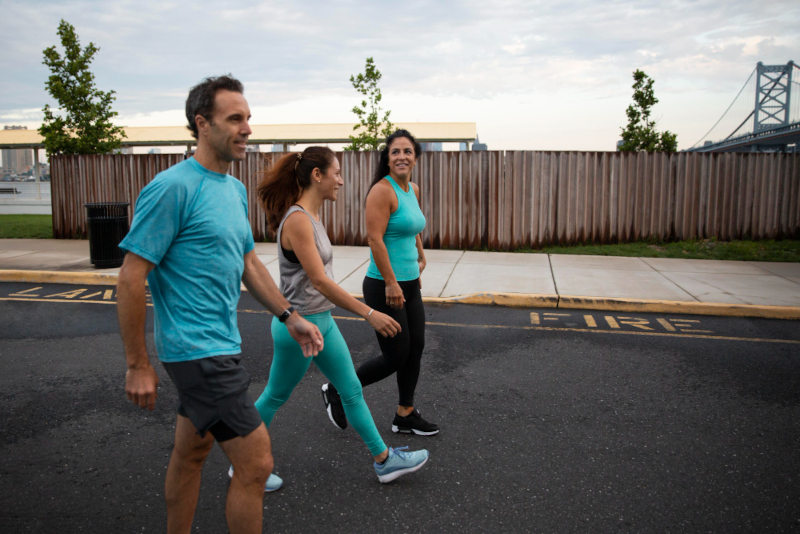Natural movement patterns are fundamental ways in which our bodies move and interact with the environment. These patterns are deeply rooted in our evolutionary history and serve as the foundation for functional strength and overall well-being.
Natural movement patterns intend to give people a more natural workout without “working out” explicitly. Instead of building on isolation exercises such a lifting weight to work your biceps or flexing your hips in a traditional hip flexor, they are more templated and built for basic body movements. (Because come on, when was the last time you flexed your arms in everyday life.)
Depending on who you ask or what you read, there are generally between 7 and 15 natural movements or natural movement patterns.
Seven Natural Movement Patterns
Here are the 7 basics to master first. Again, these are natural movement patterns which mimic natural movements, so they are focused on the basic movements and not necessarily the form of an exercise. But we will connect the movements to exercises. And not surprisingly, many are compound bodyweight exercises.
1. Squat
The squat is a basic movement where you plant both feet firmly on the ground, then bend your legs to lower your body down while keeping your chest up and lower back straight. Imagine squatting in and out of a chair. As we age, maintaining the ability to squat becomes important for maintaining our quality of life. You can add to the intensity or difficulty of the squat by adding weights or resistance.
There are several variations of squats you can do, and all are effective. The basic squat, goblet squat, and weighted squats all mimic this movement.
2. Lunge
Lunges involve stepping forward with one leg and bending it while the other leg remains stationary. Think of lunging forward to catch a ball or stepping over obstacles. Just like the squat, you can add to the intensity of the lunge by adding weights.
Lunges can include Reverse Lunges, Banded Lunges, and Lunge Drops to name a few variations.
3. Push
Pushing movements involve pushing objects away from your body. This includes exercises like push-ups, bench presses, and overhead presses. Pushing patterns engage the chest, shoulders, and triceps.
4. Pull
Pulling movements involve pulling objects toward your body. Pull-ups, rows, and curls fall into this category. These exercises target the back, biceps, and upper back muscles.
5. Hinge
Hinging movements primarily focus on the hips and lower back. Deadlifts and hip hinges are classic examples. Imagine lifting a heavy object from the ground—your hips hinge back as you maintain a straight spine.
6. Gait
Gait patterns encompass walking, running, and sprinting. These movements engage the entire body and are essential for cardiovascular health and overall mobility.

7. Twist
Twisting movements involve rotation of the torso. Whether you’re swinging a golf club, throwing a spear, or simply reaching for something behind you, twisting patterns are integral to daily life.
I Move Daily! So, I Don’t Need to Exercise.
Um, no. That’s not the point of this article. just because you are performing natural movements doesn’t mean you don’t have the exercise.
By incorporating these natural movement patterns into our daily lives through exercise and fitness routines, we can build up our functional strength and improve our mobility. This in turn enhances our overall health and well-being. Remember, our bodies are designed for movement, and embracing these primal patterns can help us thrive in the modern world

